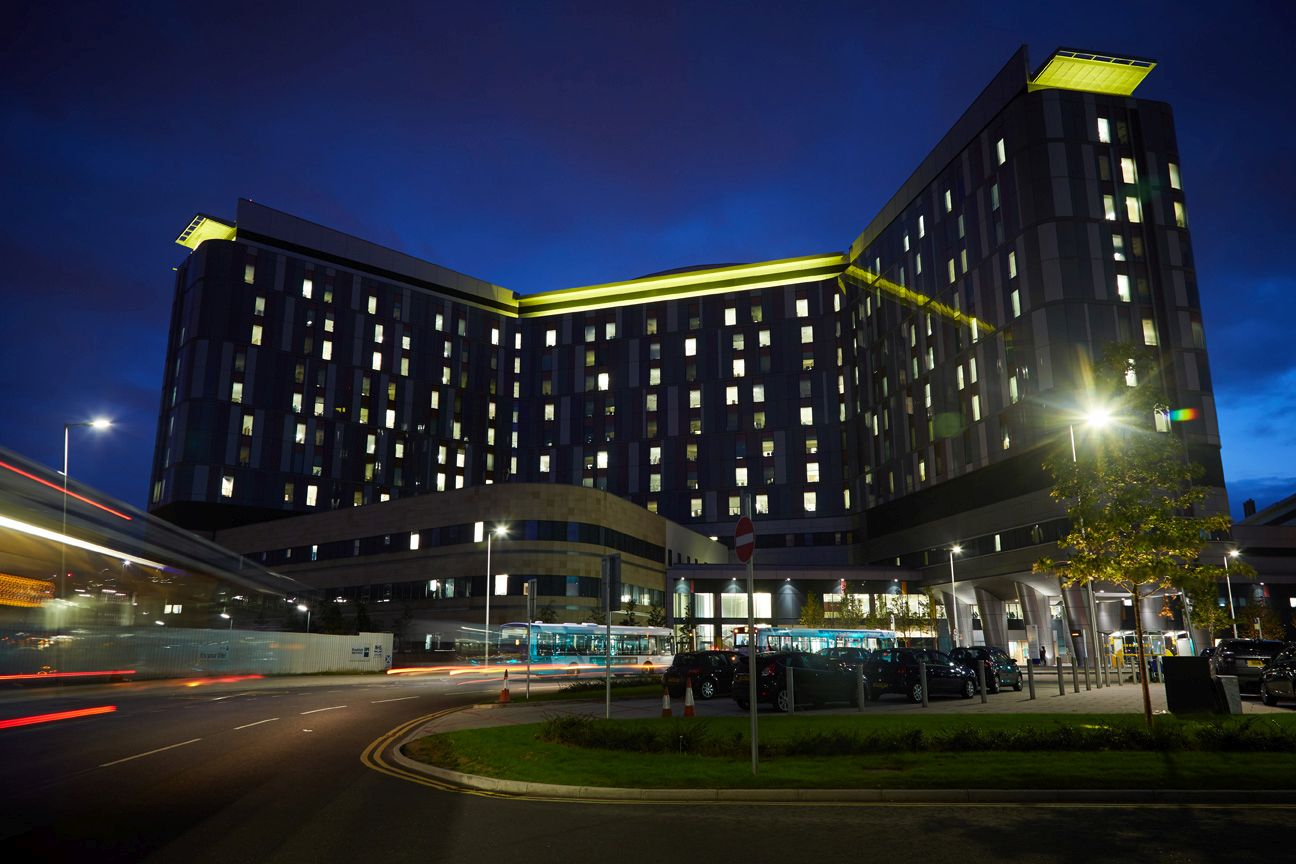West of Scotland creates regional healthcare portal

An ambitious project to link the Orion Health portals in use at five West of Scotland health boards has just been completed; and is already delivering significant benefits to clinicians.
Scottish health boards covering a population of 2.2 million people can share patient information now that a two-year project to create a regional portal has been completed.
Five West of Scotland health boards are covered by the project to link their Orion Health portals, with NHS Dumfries and Galloway the latest to join in July.
Clinicians can now click on a simple link within their own health board’s portal to access the regional portal links, from where they can view test results and other information.
Nick Reed, a consultant in clinical oncology at the Beatson Oncology Centre in Glasgow, says this had already led to “huge improvements in communications and time savings.”
“You have the ability to access results, forms and correspondence in a speedy manner, which allows you to make decisions in clinics very quickly,” he says.
Working on a common goal
Scotland has had an eHealth strategy in place since 2011. As part of this strategy the West of Scotland deployed a clinical portal, with all boards converging on technology from Orion Health.
William Edwards, director of eHealth and HI&T at NHS Greater Glasgow and Clyde, says getting the governance right was vital. “You need to be clear about what problem you want to solve and then make sure that the governance is in place to solve it,” he says. “Without that, you will not get anywhere.”
Programme manager David Dougan says the project set out to make it easy for clinicians to find the information they wanted, while also addressing security and confidentiality issues.
“We have taken a simple approach,” he says. “So, for example, if a Greater Glasgow and Clyde clinician has a patient in front of them, there is an optional tab within the Greater Glasgow and Clyde portal called ‘Regional Portals’.
“If they click that, they are presented with an overview page, on which there are links to all the other health board portals they can access. If they select one of those links, it opens the portal and passes over the CHI Number (the Scottish national patient identifier) to search for a match.”
A huge step forward for clinicians
Consultant oncologist Nick Reed says the successful project has been “a huge step forward.” “As a cancer specialist, I work within a regional service, and between 55 and 60 per cent of our patients do not reside within the Greater Glasgow and Clyde catchment area,” he says.
“They come from surrounding health boards and, occasionally, if they have a very rare cancer, from other parts of Scotland. We could find some information for them by going into the SCI Stores (national information repositories) for the individual health boards.
“But the big advantages of the regional portal are that you don’t have to manage so many passwords and you can find additional information, such as clinical correspondence. It really is useful.
“If I am seeing a new patient, or a follow-up patient who has had investigations done, or a patient on chemotherapy, then I want to see their test results, and their scan results, and their treatment log. Now, I can do that without going in and out of the SCI stores, which is a huge benefit.”
Research done ahead of the project underlines this point. It found that doctors could spend 70 minutes per day looking for information about patients; and the value of that time was almost £20,000 a year.
The same research found that if doctors couldn’t find the information they wanted, a third would work without it and a sixth would order additional investigations and tests; which also cost money, and could delay care.
The regional portal is being well-used; already, clinicians are accessing 3-4,000 cross board records every week, and there have been more than 50,000 log-ons so far this year. However, it could be extended further.
Nick Reed is all in favour. “If it can be extended, which I hope it can, to Lothian and Tayside and Grampian, then we will have achieved something that I doubt the English system will ever achieve, and that is a joined-up radiology system, with national PACS, and joined-up clinical portals.”
